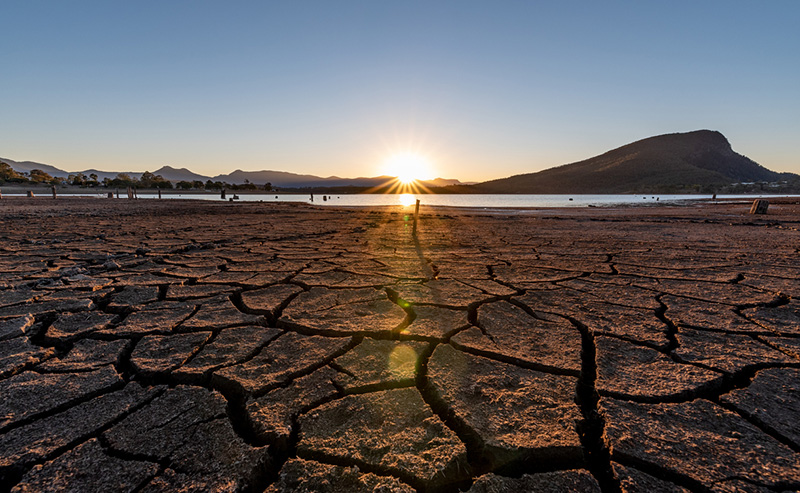Regardless of where your community is located or your political leanings, the climate change discussion is of interest to emergency managers across the country. Many believe we are seeing impacts that result from a global change in climate, which may include more intense storms, frequent heavy precipitation, extended heatwaves and droughts, extreme flooding, and higher sea levels, among other things. None of which are good for people, critical infrastructure, the local economy, etc.
Consider the recent back-to-back winter storms that recently hit Texas, Louisiana, and Oklahoma, for example. Or the 2020 Atlantic Hurricane Season, with a record-breaking 30 named tropical storms, including 13 hurricanes (six of which were considered major). Or the fact that drought conditions persist or will develop across more than half the nation, per the U.S. Drought Monitor (February 18, 2021).
All that said, if your community’s hazard mitigation plan does not currently take into account the effects of climate change, it should with the next plan update.
FEMA requires all hazard mitigation plans be updated every five years in order to remain eligible for certain types of pre-disaster funding.
It is important to note, however, that FEMA does not require communities to address climate change, specifically, as a hazard, but rather consider how it plays into other locally identified hazards. This is especially important when calculating the probability of future events. Why? Because emergency managers should no longer solely rely on historical data to predict risk; they should also consider the likelihood of future challenges associated with climate change.
According to FEMA, “Disaster costs are expected to continue to increase due to rising natural hazard risk, decaying critical infrastructure, and economic pressures that limit investments in resilience.”
It is now estimated by the National Institute of Building Sciences that every dollar invested in mitigation saves six dollars in prevented damages (up from four dollars in previous years). And, given the number of natural disasters receiving major disaster declarations in 2020, that investment may be worth even more in the near future.
Of Special Interest to FEMA Region 3
If your state, local, or tribal community is located in FEMA Region 3 and wants to learn more about the connection between hazard mitigation planning and climate change, join FEMA for a “Mitigation Coffee Break” webinar on Wednesday, March 17, 2021. The webinar, which will take place from 11:00 a.m. to 12 p.m. Eastern, will explore where to get data on climate change and how to effectively support mitigation by incorporating it into mitigation planning efforts. Visit https://www.eventbrite.com/e/fema-region-3-coffee-break-webinars-tickets-38090038330 to learn more or to register today.






